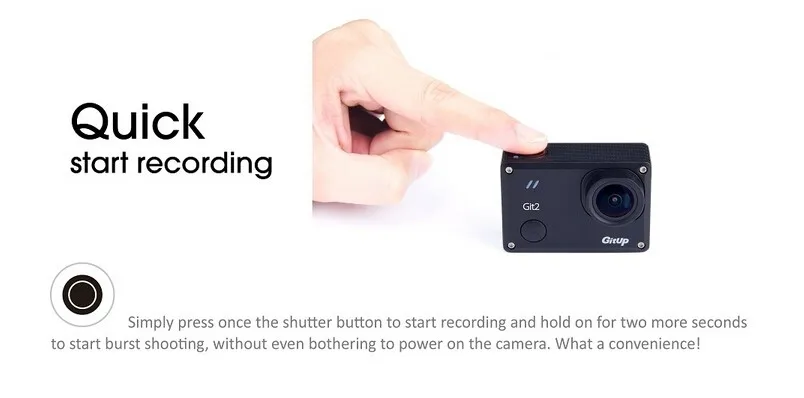
The parts turned out really well and I got um relatively cheap because I ordered several parts at the same time all with the same base specs (color, fill-ratio, etc.) so I was only charge one $10 setup fee (the parts themselves cost anywhere from $1.50 - $6 depending on what I was buying and how many I was ordering. The 3D printed parts are available and i purchased from "", their 3D Co-OP-like printing service. The stock solo gimbal HDMI connector works on this camera after you cut away a bit of the plastic underneath the connector - careful not to slice into the rubber covering the HDMI cable as I did, nearly slicing the wire, making my backup gimbal useless. The gimbal functions as smooth as it did with a GoPro. The fact that the Git2P weighs 23grams less than the GoPro Hero 4 Black helps. I was worried the gimbal would have a problem with the new camera sitting a quarter of an inch forward but it was not a problem. A small amount of trimming of plastic corner under the HDMI cable solved this problem. The HDMI cable was a couple of mm to short to plug into the camera.
#Gitup git2 2k plus#
Velcro is simple and secure plus it makes it easy to change cameras. I use a Velcro strap to hold the camera in place. Then I carefully cut off the rounded tab, on the left side, that was used to hold a GoPro, but was now in the way.


Since the GIT2P has to sit in front of the connector, I made a quarter inch thick pad for the camera to rest against (see photo), using the black dense foam that came with the gimbal. I did not want to remove it, because I still want to be able to use it with a GoPro.

The first problem I had to deal with was the connector that plugs into the back of a GoPro. Use of this camera required some modifications to the SOLO gimbal, but I made sure that I can still use a GoPro if I want.


 0 kommentar(er)
0 kommentar(er)
